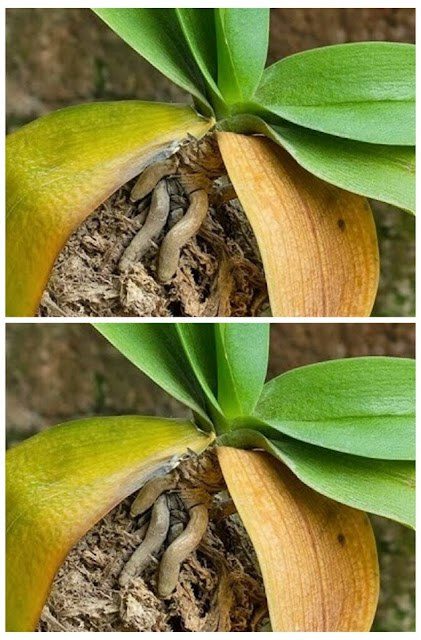ADVERTISEMENT
**Reviving a Dry Orchid Whose Flowers Have Withered: A Complete Guide for Care and Restoration**
Orchids, with their stunning beauty and delicate appearance, are among the most treasured houseplants. Known for their vibrant flowers and long-lasting blooms, orchids bring a touch of elegance and sophistication to any space. However, orchids, like any other plant, require specific care and attention to thrive. One of the most common issues orchid owners face is dealing with dry, withered flowers or a plant that appears to be struggling.
If you’ve noticed that your orchid’s flowers have withered and the plant itself seems to be drying out, don’t worry—there’s hope! Orchids, particularly the most popular variety, the Phalaenopsis, can bounce back with the right care. Reviving a dry orchid may seem daunting at first, but with a few essential steps and a bit of patience, your orchid can be brought back to life and bloom again.
In this guide, we will explore the best techniques and practices to revive a dry orchid whose flowers have withered. We’ll cover everything from diagnosing the problem to the right watering and repotting techniques. Additionally, we’ll talk about the importance of patience, gentle care, and attention to your orchid’s needs to restore it to its former beauty.
—
### Table of Contents:
1. **Understanding Orchids and Their Needs**
2. **Why Orchids Lose Their Flowers**
3. **Signs Your Orchid Needs Reviving**
4. **Step-by-Step Guide to Reviving a Dry Orchid**
– Step 1: Assess the Plant’s Health
– Step 2: Remove Withered Flowers and Stems
– Step 3: Check for Signs of Root Rot
– Step 4: Repot the Orchid If Necessary
– Step 5: Rehydrate the Orchid Properly
– Step 6: Adjust Light and Temperature Conditions
– Step 7: Provide Proper Nutrition
5. **Long-Term Care to Prevent Future Flower Loss**
6. **Frequently Asked Questions**
7. **Conclusion: Patience and Proper Care Lead to Success**
—
## 1. **Understanding Orchids and Their Needs**
Orchids are a family of plants known as *Orchidaceae*, and they are found in nearly every part of the world, from tropical jungles to temperate forests. The most common type of orchid found in homes is the **Phalaenopsis**, also known as the **moth orchid**. These orchids are beloved for their large, colorful flowers and their relatively easy care compared to other orchid species.
Orchids are epiphytes, meaning they naturally grow on other plants or trees in the wild, relying on air, rain, and occasional debris for their nutrients. This means they don’t require soil in the traditional sense; instead, they thrive in well-draining, loose media like bark, sphagnum moss, or a combination of both.
For orchids to flourish indoors, you need to meet several specific needs:
– **Light**: Orchids need bright, indirect light. Direct sunlight can scorch their delicate leaves, while too little light can lead to weak growth and fewer blooms.
– **Temperature**: Orchids prefer temperatures between 65-75°F (18-24°C) during the day, with a slight drop at night. They do best in environments with consistent warmth and humidity.
– **Watering**: Orchids prefer to dry out slightly between waterings. Overwatering is a common mistake that can lead to root rot. They should never sit in standing water.
– **Humidity**: Orchids require moderate to high humidity (around 50-70%) to thrive. If your home is too dry, you may need to use a humidity tray or a humidifier.
Understanding these needs will help you care for your orchid properly and prevent many common issues that can lead to withered flowers or dry leaves.
For Complete Cooking STEPS Please Head On Over To Next Page Or Open button (>) and don’t forget to SHARE with your Facebook friends
